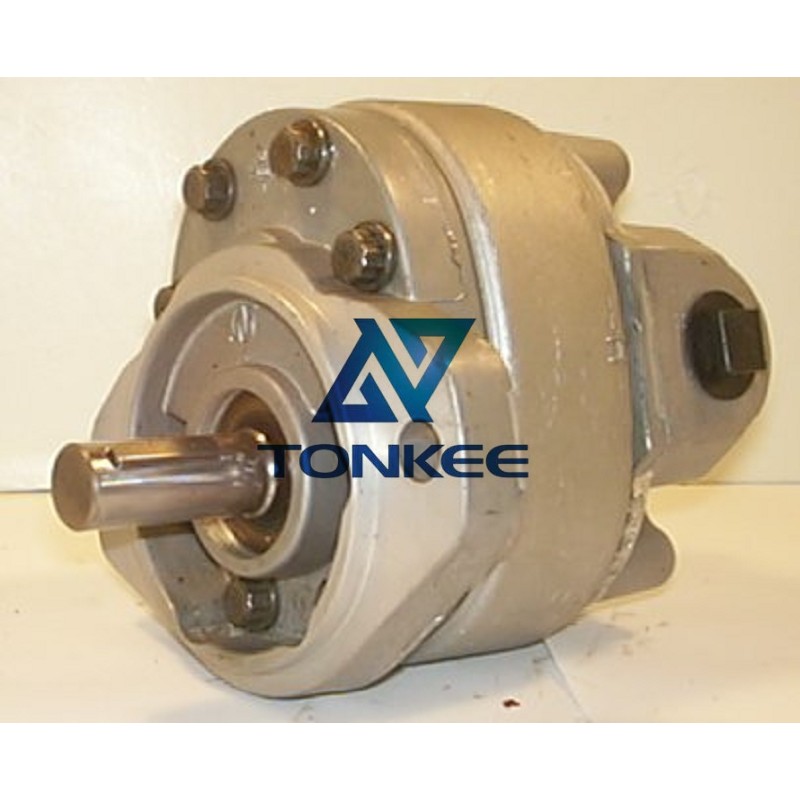
Flow Rate: The 5C1 26012LAB hydraulic gear pump is designed to provide a consistent and reliable flow rate of hydraulic fluid.
This ensures that the hydraulic system operates efficiently and effectively, providing the necessary power to hydraulic cylinders, motors, and other components.
Pressure Rating: This pump is capable of generating significant hydraulic pressure, making it suitable for a wide range of hydraulic applications. The pressure rating is crucial as it determines the pump's ability to handle different tasks and loads.
Compact Design: One of the notable features of this hydraulic gear pump is its compact design. Its compact size makes it suitable for installation in confined spaces or where space is limited, without compromising its performance.
High Efficiency: The design of the gear mechanism within the pump is engineered for high efficiency. This results in reduced energy consumption and lower operational costs, making it an environmentally friendly and cost-effective choice.
Durability: The 5C1 26012LAB hydraulic gear pump is constructed from high-quality materials to ensure long-lasting durability. It can withstand harsh operating conditions, including high pressures and temperatures, without compromising its performance.
Construction:
The 5C1 26012LAB hydraulic gear pump consists of several key components, including:
Gear Set: The heart of the pump is the gear set, typically comprising two meshing gears – a driving gear and a driven gear.
These gears rotate within a housing to create suction and discharge chambers.
Housing: The housing encloses the gear set and provides structural support. It also includes inlet and outlet ports for hydraulic fluid.
Shafts: The gears are mounted on shafts that connect to the pump's drive source, often an electric motor or an internal combustion engine.
Bearings and Seals: To reduce friction and prevent leakage, bearings and seals are incorporated into the design.
Working Principles:
The 5C1 26012LAB hydraulic gear pump operates on the principle of positive displacement. As the gears rotate, they create expanding and contracting chambers. Hydraulic fluid is drawn into the expanding chambers and expelled from the contracting chambers, generating a continuous flow of fluid under pressure.
The suction side of the pump draws hydraulic fluid from a reservoir or tank, while the discharge side delivers the pressurized fluid to the hydraulic system's components, such as hydraulic cylinders or motors. The consistent flow and pressure provided by this pump make it suitable for powering various machinery and equipment.